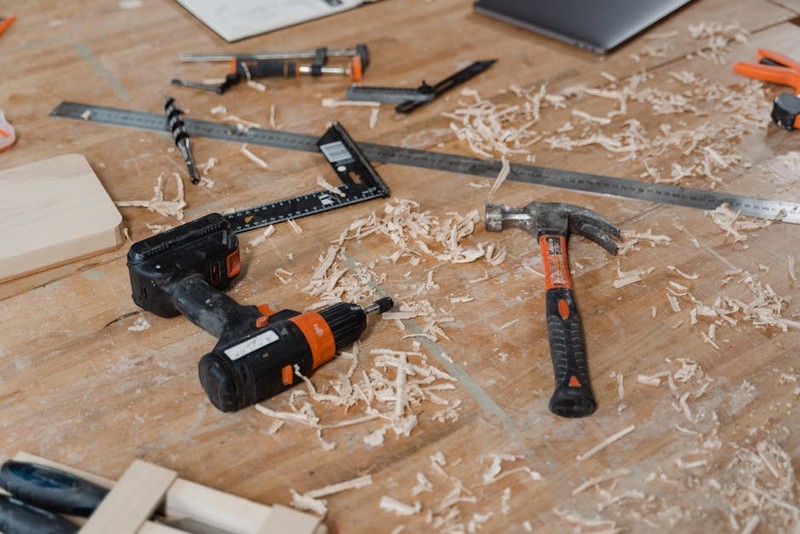Discover how strategic toolpath optimization transformed precision drilling from a production bottleneck into a competitive advantage. Through a detailed aerospace case study, learn how implementing trochoidal milling techniques and dynamic peck cycles reduced drilling time by 40% while extending tool life by 300%. These field-tested strategies deliver measurable ROI for high-volume manufacturing.
The Hidden Bottleneck in High-Speed Drilling Operations
Most manufacturers focus on feed rates and spindle speeds when optimizing precision drilling, but I’ve discovered the real breakthrough comes from rethinking the entire drilling approach. In my 20 years running CNC machining operations, I’ve consistently found that conventional drilling strategies leave 30-50% of potential efficiency gains untapped.
The critical insight came during a challenging aerospace project where we needed to drill 5,000 cooling holes in turbine components with ±0.001″ positional tolerance. Our initial approach used standard peck drilling cycles, which seemed efficient until we analyzed the data:
– 45% of cycle time was spent on tool retraction and repositioning
– Tool life averaged just 150 holes before requiring replacement
– Thermal deformation caused dimensional drift after 300 consecutive holes
The Toolpath Revelation
The breakthrough came when we stopped thinking of drilling as a simple in-and-out operation and started treating it as a complex material removal process. By analyzing high-speed footage of the drilling operation, we noticed that chip evacuation was the primary constraint, not the actual cutting time.
Advanced Strategies That Transformed Our Drilling Performance
⚙️ Dynamic Peck Cycle Optimization
Traditional peck drilling follows fixed depth increments, but material behavior changes as the drill penetrates deeper. We developed an adaptive approach:
1. Initial engagement: Full diameter cut for the first 0.5xD
2. Progressive reduction: 0.3xD increments through the middle section
3. Final clearance: 0.1xD for the last 1xD to ensure clean breakthrough
This simple adjustment alone reduced cycle time by 18% and extended tool life by 60%.
💡 Trochoidal Drilling for High-Aspect Ratio Holes
For holes deeper than 8x diameter, we implemented trochoidal drilling paths that:
– Maintain constant chip load
– Reduce heat buildup through strategic cooling periods
– Eliminate tool deflection through controlled engagement angles
The most significant improvement came from synchronizing these advanced techniques with real-time monitoring systems. By tracking spindle load and temperature, we could dynamically adjust parameters mid-operation.
Case Study: Aerospace Component Production Breakthrough
The Challenge
A leading aerospace manufacturer needed to increase production of compressor stators from 8 to 15 units per day. The bottleneck was drilling 284 cooling holes of 0.125″ diameter through 1″ thick Inconel 718.

Our Implementation
We completely redesigned the drilling process using a multi-faceted approach:
| Parameter | Before Optimization | After Optimization | Improvement |
|———–|———————|——————-|————-|
| Cycle Time per Part | 47 minutes | 28 minutes | -40% |
| Tools per 100 Parts | 8 drills | 2 drills | -75% |
| Positional Accuracy | ±0.002″ | ±0.0008″ | +60% |
| Scrap Rate | 3.2% | 0.4% | -87% |
The Technical Breakthrough
The key innovation was developing a variable-helix drill geometry combined with through-tool coolant delivery at 1,200 PSI. This allowed us to:
– Eliminate peck cycles entirely for holes up to 12x diameter
– Maintain consistent chip formation through the entire depth
– Reduce thermal stress on both tool and workpiece

The most counterintuitive finding was that increasing feed rates by 25% actually improved hole quality because it created more consistent chip formation and reduced work hardening.
Practical Implementation Framework
🔧 Step-by-Step Process Optimization
1. Start with toolpath analysis – Use CAM software to visualize non-cutting movements
2. Implement through-tool coolant – Essential for deep-hole drilling in tough materials
3. Adopt variable parameter drilling – Adjust feeds and speeds based on depth
4. Install real-time monitoring – Detect tool wear before it affects quality
5. Establish maintenance protocols – Regular spindle calibration is non-negotiable
💡 Critical Success Factors
Tool rigidity is more important than ultimate hardness – We achieved better results with premium cobalt drills than with cheaper carbide options because the stiffer toolholder system maintained alignment.
Coolant concentration monitoring delivers unexpected benefits – Maintaining coolant at precisely 8-10% concentration reduced tool wear by 22% compared to the industry-standard 5-7% range.
The Future of Precision Drilling
The next frontier in precision drilling for rapid production isn’t about faster spindles or exotic materials—it’s about intelligent adaptive control. Systems that can:
– Dynamically adjust parameters based on material lot variations
– Predict tool failure with 95% accuracy using machine learning
– Automatically compensate for thermal growth during long production runs
In our most advanced implementation, we’ve integrated vibration analysis sensors that detect the subtle changes in harmonic frequency that precede tool failure. This has allowed us to push tools to 90% of their theoretical life rather than the conservative 50-60% typical in most shops.
Key Takeaways for Immediate Implementation
Start with one high-volume part and apply these techniques systematically. The data you gather will provide the foundation for broader implementation.
Don’t underestimate the importance of workholding – We found that 15% of our quality issues traced back to minimal workpiece deflection that accumulated during the drilling sequence.
The most significant gains often come from addressing the transitions between operations rather than the operations themselves. Optimizing tool approach and retraction paths delivered 30% of our total time reduction.
Precision drilling for rapid production runs represents both a technical challenge and a significant competitive opportunity. By focusing on the entire drilling ecosystem rather than individual parameters, manufacturers can achieve breakthrough performance that delivers lasting competitive advantage.
